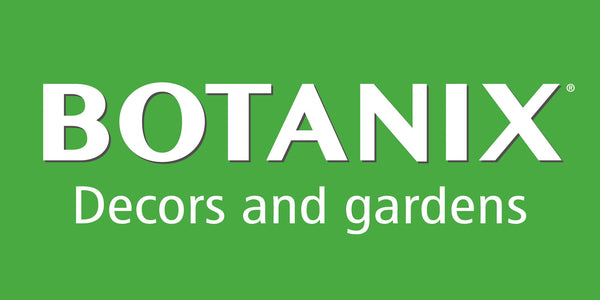Dracaena indivisa
Dracaena Indivisa or Spike Plant
Dracaena Indivisa or Spike Plant
Exposure
- Sun
- Partial shade
Rusticity
- Trhiller Plant - Graphic Vertical Accent
- Green, sword-shaped foliage
- Easy to maintain
- Tolerates heat and drought (moderate)
- Ideal for containers and flowerbeds
Bring a touch of exoticism and structure to your flower beds and containers with Dracaena indivisa, often sold under the name Cordyline indivisa or 'Spike Plant'. Known for its upright habit and long, sword-shaped green leaves that arch gracefully, it offers a striking contrast with other plants and adds lasting vertical interest throughout the season. Easy to care for and heat tolerant, it's a must-have for dynamic summer arrangements.
Characteristics
- Foliage : The foliage consists of long, evergreen, rigid, sword-shaped leaves, green to light green in colour. They are inserted in a round pattern on an upright stem that forms a 'false trunk' with age. The foliage arches slightly outward as it grows older.
- Light : Prefers full sun or partial shade. A minimum of 4 to 6 hours of sunlight is recommended.
- Habit : Its habit is upright, with a strong central stem and foliage that forms an erect and slightly weeping silhouette along the edges.
- Growth : Growth is relatively slow. When grown as an annual or in a pot, it generally reaches a height of 60 to 90 cm (24 to 36 inches) and a spread of 38 to 46 cm (15 to 18 inches). With many years in a pot and proper overwintering, it can reach 2 metres or more.
- Humidity : Requires moisture. The soil must be well-drained to avoid excess moisture, which can lead to root rot or botrytis. Drought-tolerant once established.
- Soil : Thrives in well-drained soil, preferably with a pH between 5.8 and 6.5. Avoid heavy clay soils. For pot cultivation, use a good quality well-drained potting mix. Be aware of fluoride toxicity in some soils/fertilizers that can cause brown spots on leaves (maintaining an adequate pH and avoiding superphosphate fertilizers can help).
- Temperature : It is a tropical plant that does not tolerate frost. To keep it in colder climates, it must be brought indoors before the first frosts, ideally in a cool location (like an orangery or unheated veranda) with a minimum temperature around 10°C (50°F), or in a bright indoor location.
- Watering : Water when the soil surface begins to dry. Maintain regular moisture but avoid standing water. Drought-tolerant once well-established, but appreciates regular watering in containers during hot weather.
Uses
- Types of Use : Excellent as a 'thriller' (central vertical element) in mixed container arrangements, in individual pots on patios, balconies, and terraces, or integrated into flower beds as an annual to add height and textural contrast.
- Decorative Advantages : Its graphic foliage and upright habit bring architectural interest and an instant exotic touch. It highlights flowering or lower-growing foliage plants around it. It is deer and rabbit resistant.
Care
- Fertilization : Fertilize once a month during the growing season (spring to late summer) with a balanced soluble fertilizer.
- Pruning : No pruning is generally necessary. Yellowed or damaged leaves can be removed at the base as needed.
- Planting :
- Distance : If planted in the ground (as an annual), space plants 38 to 46 cm (15 to 18 inches) apart. In containers, spacing depends on companion plants, but ensure good airflow.
- Depth : Plant so that the root ball or the base of the plant is covered with soil.
- Period : Plant outdoors in the spring after all risk of frost.
Plant details
Dimensions
Dimensions
Characteristics
Characteristics
Habit:
- Upright
- Erect
Flowering colours:
Plant needs
Plant needs
Watering:
- Average
Maintenance:
- Easy
Soil requirement:
- Well-drained
- Tropical Plant Soil
Features
Features
Resistance:
Attract:
Use:
- Container
- Flowerbeds (annual)
- Patio
- Balcony
- Terrace
- Vertical Accent
- Feature Plant Arrangement
Attribute:
- Decorative foliage





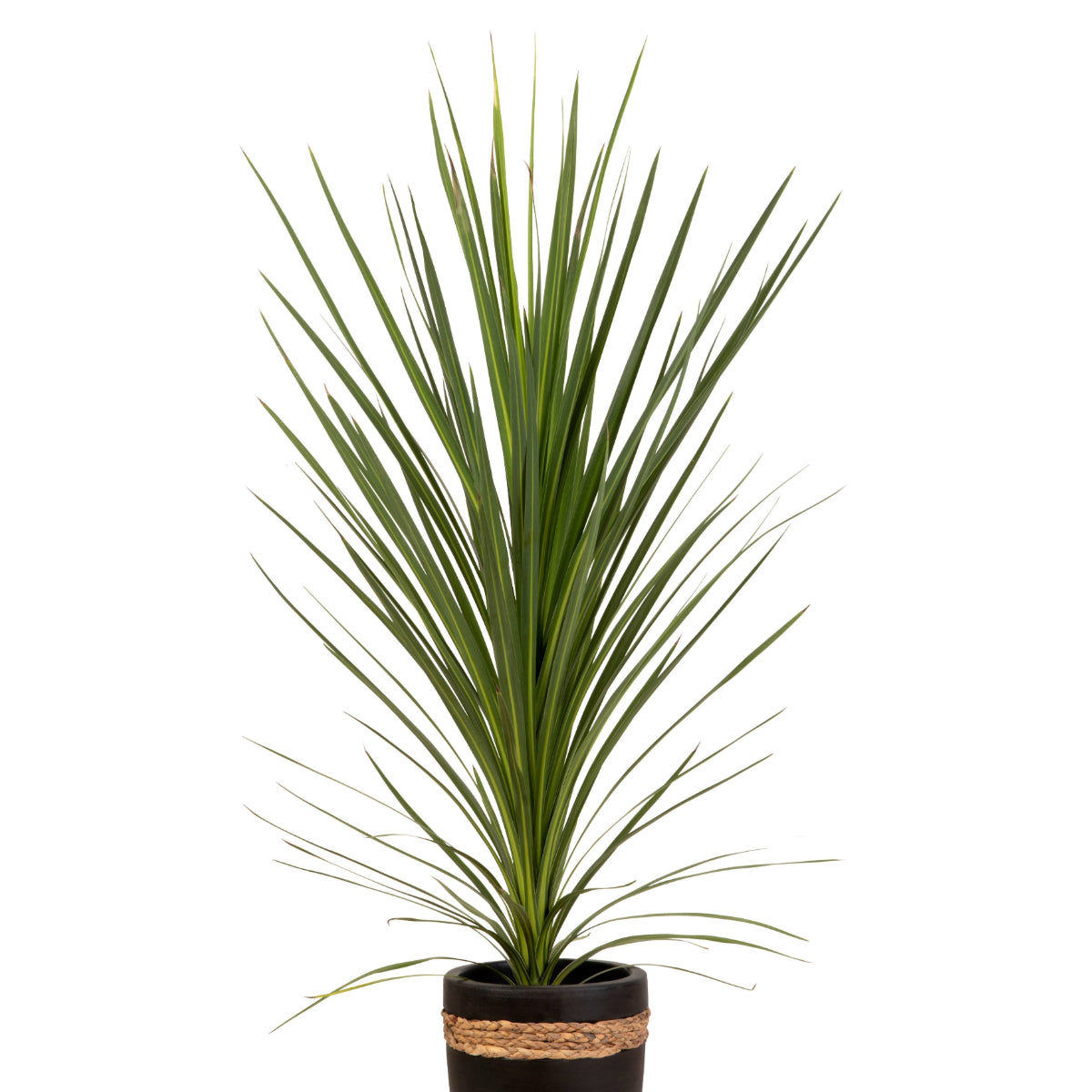
Related articles
-
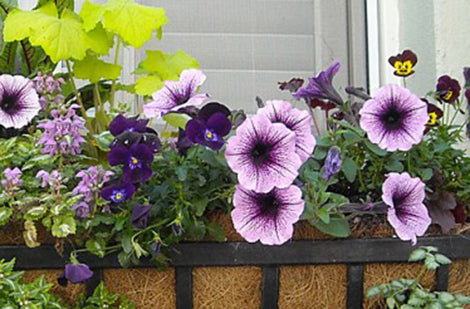
Annuals - dear to homeowners’ hearts
Read the articleUn coussin de fleurs qui retombe en cascade du bord de la fenêtre attire toujours le regard. Quelques pots et jardinières débordants de fleurs forment instantanément un jardin sur la...
-
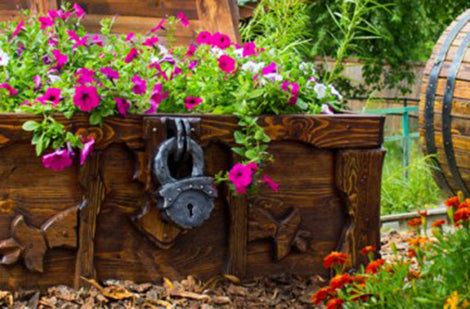
Laying-out your annuals
Read the articleComme les annuelles sont souvent en fleur au moment de l’achat, il est facile de faire des essais sur place. Distribuez les rôles afin d’obtenir un ensemble harmonieux. Quelques plantes...
-

Annuals - dear to homeowners’ hearts
Read the articleQue ce soit sur le balcon de votre appartement ou sur la terrasse, ou encore aux quatre coins de la cour, rien de tel que des fleurs épanouies, colorées et...
-
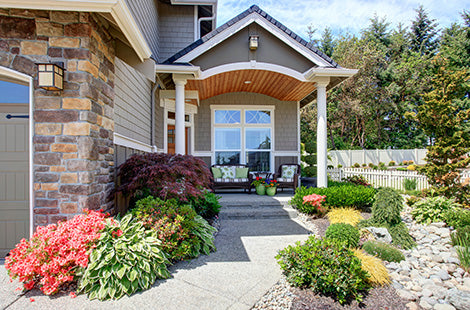
Planning an outdoor project
Read the articleAvec une bonne planification et en suivant les quelques règles de base qui suivent, il vous sera facile et agréable de concevoir votre plan d’aménagement extérieur en peu de temps...
-
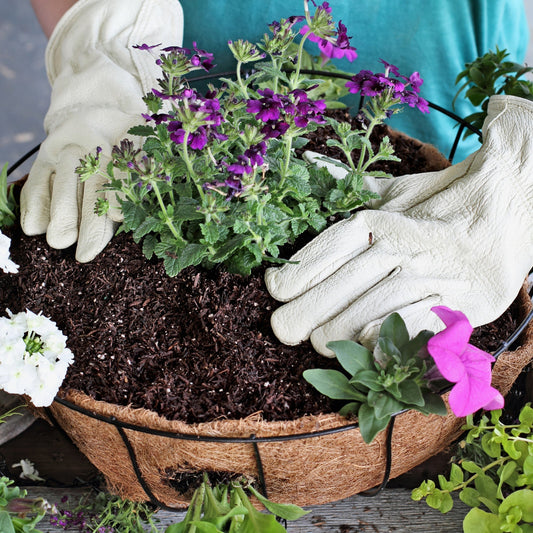
Vibrant Potted Annuals: Easy Planting with Eco-...
Read the articleAnnuals are easy to grow, and most bloom profusely all summer long. So, why not grow them in containers? Planting annuals in containers is a breeze when you follow the...
-
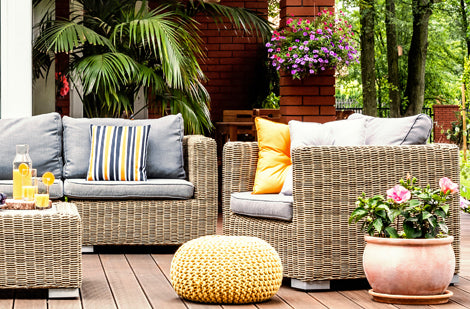
Tropical Flowering Plants: A touch of the exoti...
Read the articleLes plantes tropicales à fleurs ont tout pour faire tourner les têtes! Colorées, odorantes, généreuses, elles n’ont pas leur pareil pour égayer une aide de repos, un balcon, une terrasse....
-
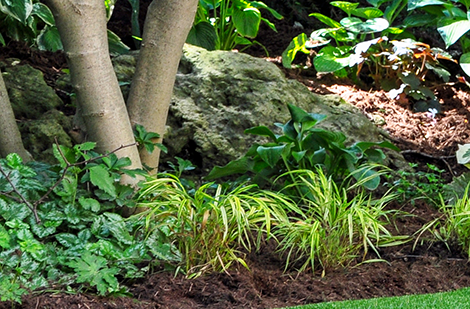
Shade-loving perennials, annuals, and shrubs
Read the articleSi vous recherchez plus de couleur et de texture, sachez que certaines vivaces, arbustes et conifères aiment beaucoup l’ombre.
-
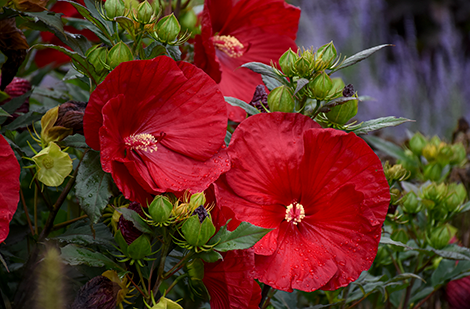
Hibiscus: charm’s the word for these tropical b...
Read the articleLes hibiscus sont une façon simple et rapide d’ajouter une touche d’exotisme dans la cour ou sur la terrasse. Offertes dans une panoplie de couleurs vibrantes, les immenses fleurs nous...
-
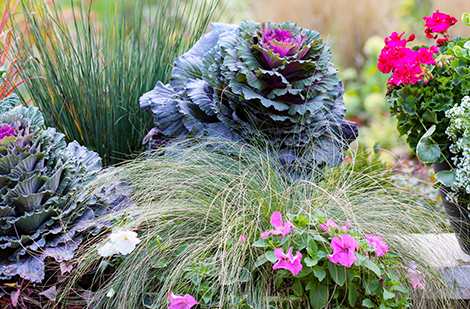
Growing ornamental grasses in a container
Read the articleSi les herbes ornementales sont devenues des incontournables au jardin, elles constituent également une tendance certaine pour la culture en pot. Elles peuvent répondre à une grande variété de besoins...
-
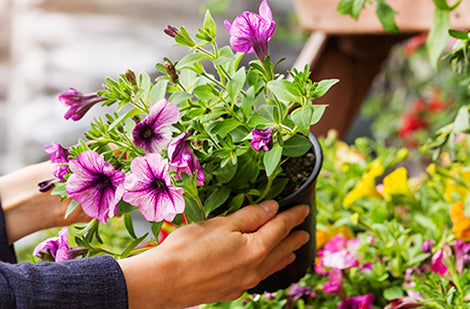
Choosing annuals for your planters
Read the articleLes annuelles se cultivent très bien en contenant et décorent les terrasses, les balcons et le patio. L'important est de choisir la bonne plante pour chaque emplacement et le bon...
-
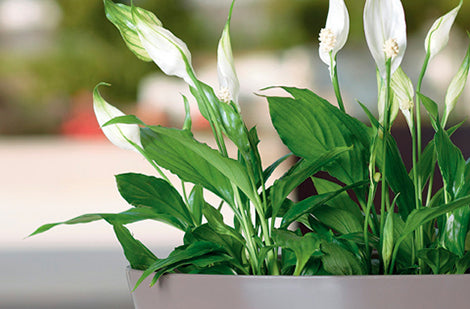
Potting House Plants: which pot to choose
Read the articleBien qu'une plante puisse passer plusieurs mois et parfois même plusieurs années dans le même pot, avec le temps ses racines envahissent tout l'espace disponible. Il devient important de choisir...
-

Moving Up a Level: Advanced Guide to Repotting ...
Read the articlePropagate your violets! Discover the simple cutting method, the secret to the perfect soil mix, and how to fight mealybugs.
-

The Complete Guide to Buying and Caring for Ind...
Read the articleBringing a touch of nature to your home with plants is a great idea! Not only do they beautify your living space, but they also help purify the air. However,...
-

Build Your Own Terrarium: The Complete, Easy Gu...
Read the articleThe terrarium is the perfect addition to your decor! Learn how to easily create your own miniature garden with our complete guide.
-

Create a garden with succulents
Read the articleLes plantes grasses n’ont pas leur pareil pour créer des arrangements à la fois impressionnants par leurs couleurs, leurs formes et leurs textures et faciles à entretenir. Qu’on les agence...
-

Houseplants to discover - Butterfly Palm or Are...
Read the articleDypsis lutescens, anciennement Chrysalidocarpus lutescens
-

Calathea: The Essential Guide to Mastering the ...
Read the articleCalathea is a stunning addition, but it's demanding! The key to its success? Humidity. Find out why tap water and dry air are its worst enemies and how to give...
-

Jade Plant (Crassula): The Easy-Care Succulent ...
Read the articleThe jade plant is a must-have! Learn all the secrets to caring for this resilient succulent that naturally grows into an elegant miniature tree.
-

Madagascar Dragon Tree: Embrace Effortless, Gra...
Read the articleAdd a modern touch to your home! The Madagascar Dragon Tree is low-maintenance, perfect for beginners, and stands out with its slender look and two-toned foliage.
-

Aspidistra: The "Cast Iron Plant" Indestructibl...
Read the articleDon't have a green thumb? The Cast Iron Plant is for you! Tolerant of shade and missed waterings, it's perfect for lobbies and offices. Learn how to maintain its leathery...
-

Embrace the Fern: The Champion of Shade and Tro...
Read the articleGot a dark corner? Ferns are your allies! They are easy to care for if you master one factor: humidity. Learn how to water them perfectly for spectacular and full...
-

-

Kalanchoe: The Secret to Massive Blooms That La...
Read the articleNeed lasting colour? The Kalanchoe blooms profusely for over two months! An easy succulent that tolerates neglect and adds a vibrant touch to your home.
-

Snake Plant: The Unkillable Houseplant, Perfect...
Read the articleThe Snake Plant is an ideal houseplant for everyone, whether you're a beginner or an experienced gardener. Its resilience, ease of maintenance, and decorative appearance make it an essential choice...
-

Edible Flowers: Top 5 for Garden and Kitchen
Read the articleOffrant une belle gamme de couleurs, de formes et de textures, les fleurs comestibles enthousiasment les amoureux de jardinage et de cuisine.
-

Tropical Flowering Plants: A touch of the exoti...
Read the articleLes plantes tropicales à fleurs ont tout pour faire tourner les têtes! Colorées, odorantes, généreuses, elles n’ont pas leur pareil pour égayer une aide de repos, un balcon, une terrasse....
-
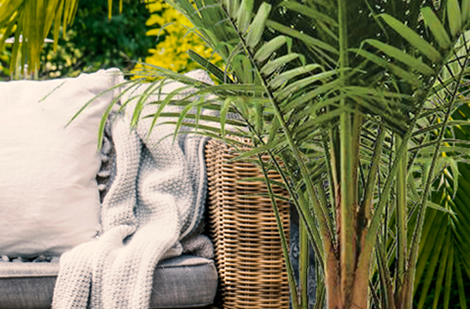
Keep a palm tree on the terrace - why not!
Read the articleDifficile de résister à l’appel des tropiques quand le soleil et les températures clémentes se pointent le bout du nez. Rien de mieux qu’un palmier sur la terrasse ou le...
-

Bring Your Plants Indoors for Winter: The Compl...
Read the articleDon't get caught by the first frost! Prepare your outdoor plants for winter with our complete guide.
-

When and how to repot house plants
Read the articleAlthough a plant can spend several months and sometimes even several years in the same pot, over time its roots invade all the available space.
-

Choosing the best potting soil for your indoor ...
Read the articleDon't let your plants stall: learn how to choose the ideal potting mix and optimize drainage for vibrant foliage.
